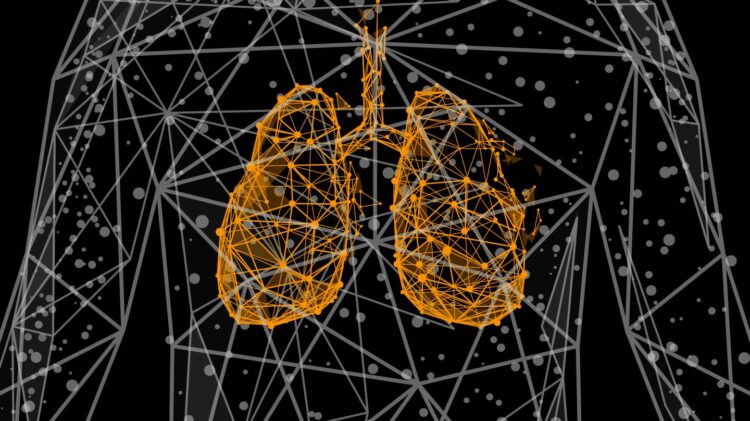Scientific Digital Communications Editor Arran Frood details the latest research findings at Imperial Brands.

Credit: Imperial Brands
March 19, 2021, Bristol, UK – A new peer-reviewed study published in the journal Toxicological Research & Application shows acute exposure of a 3D human bronchial tissue model to e-cigarette aerosol has minimal impact on gene expression compared to smoke from combustible cigarettes.
The research involved sub-cytotoxic exposure to cells in a 3D human bronchial model (MucilAirTM) to nicotine-containing vape aerosol, combustible cigarette smoke and fresh air control under strict laboratory conditions.
The highly sensitive Toxicity Testing in the Twenty-First Century (TT21C)-based technique allows researchers to gain a mechanistic understanding of the potential effects of exposure to vape aerosol and 3R4F (reference cigarette) smoke, without experiencing other processes that may be triggered by significantly higher exposures – including cell death – that could potentially make interpretation of results difficult.
After cell ‘recovery’ periods of 4 and 48 hours, scientists assessed the expression of a variety of genes to determine if any were increased or decreased by the single exposure.
“Within this model, exposure to combustible cigarette smoke triggered significant changes in gene expression, indicating – amongst other effects – changes in oxidative stress and inflammation markers,” confirmed Matt Stevenson, Pre-Clinical Toxicology Manager at Imperial Brands. “Conversely, the vape aerosol generated only a minimal response, similar to that observed in the air control.”
Principal Toxicologist at Imperial Dr Liam Simms added: “Gene set enrichment analysis examining those genes most over/under expressed were compared across five key pathways – cell cycle, apoptosis, p53 signaling, cell death and NF-KappaB signaling [a protein complex that controls transcription of DNA, cytokine production and cell survival].
Focusing on the 3R4F reference cigarette, no pathways were activated after four hours exposure, but at 48 hours the cells had both genes associated with cell cycle and cell death pathways activated. Conversely, those cells exposed to vape aerosol demonstrated slightly elevated NF-KappaB signaling pathways after four hours exposure. However, at 48 hours no pathways were activated.”
The results from this study show, that under the conditions of test, acute exposure to vape aerosol had less impact on gene expression in human lung cells in vitro than the equivalent dose of cigarette smoke.
“This latest research adds to the growing body of research gathered by both Imperial Brands and others, demonstrating the considerable harm reduction potential of Next Generation Products (NGPs) like vapes compared to continued combustible cigarette smoking,” said Dr Grant O’Connell, Head of Tobacco Harm Reduction Science at Imperial.
“We encourage regulators and policy makers to consider the weight of evidence that shows the clear scientific differences between combustible cigarettes, which burn tobacco, and potentially harm-reduced NGPs that do not,” he concluded.
###
Imperial Brands remains committed to undertaking high quality scientific research on potentially less harmful nicotine product alternatives to combustible tobacco for adult smokers.
Media Contact
Arran Frood
[email protected]
Original Source
https:/
Related Journal Article
http://dx.





